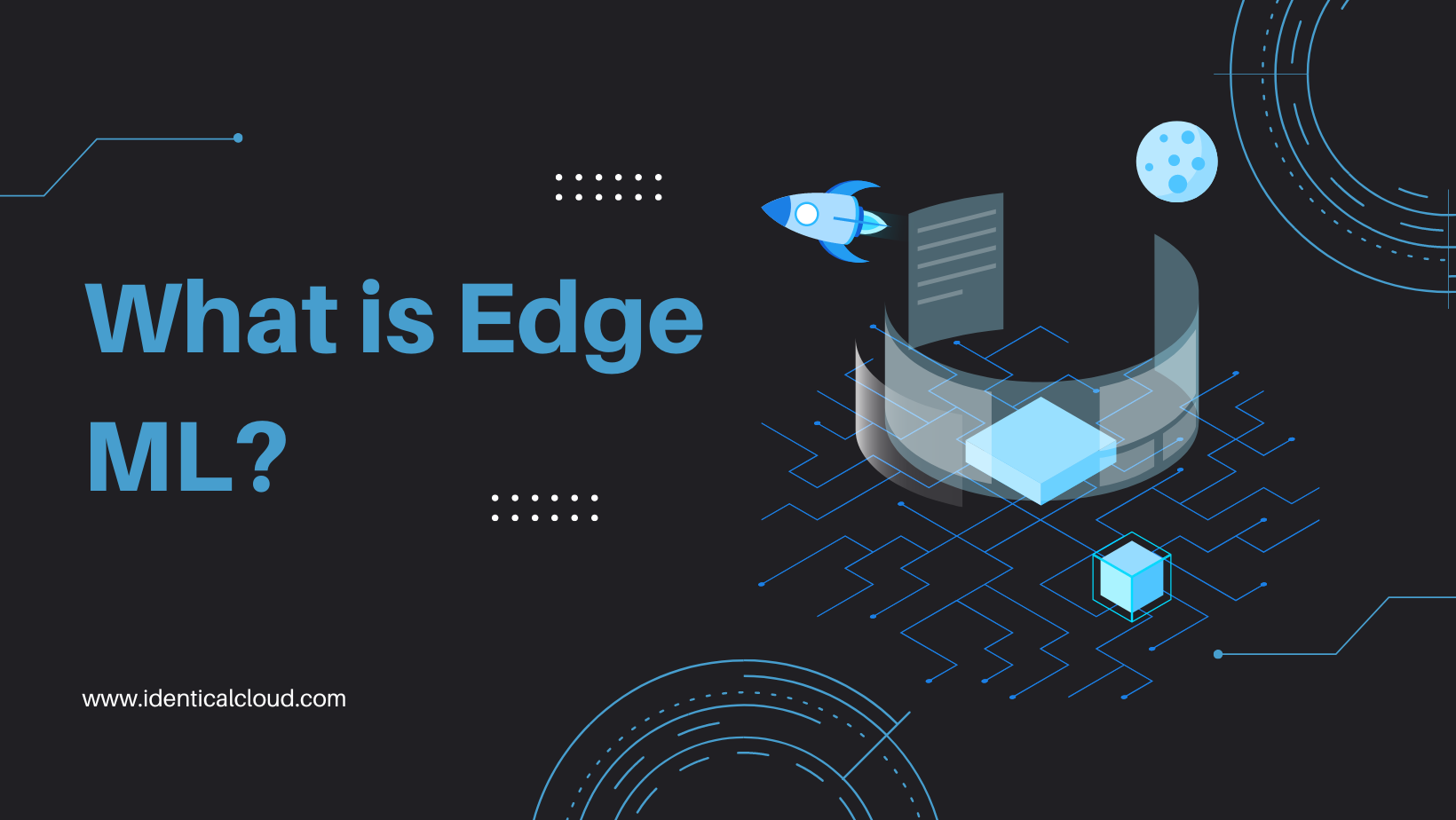
What is Edge ML?
What is Edge ML?
Edge machine learning (Edge ML) is a type of machine learning that involves running machine learning models on edge devices, such as smartphones, IoT devices, and embedded systems. This is in contrast to traditional machine learning, which involves sending data to a cloud server for processing.
There are several advantages to Edge ML. First, it can improve the latency of machine learning applications, as the data does not need to be sent to a cloud server. This can be important for applications that require real-time decision-making, such as self-driving cars and industrial automation.
Second, Edge ML can improve the privacy of machine learning applications, as the data does not need to be sent to a cloud server. This is important for applications that deal with sensitive data, such as healthcare and financial services.
Third, Edge ML can improve the scalability of machine learning applications, as it can distribute the processing load across multiple edge devices. This is important for applications that need to process large amounts of data, such as video surveillance and fraud detection.
How does Edge ML work?
Edge ML works by first training a machine learning model on a cloud server. Once the model is trained, it can be deployed to edge devices. When an edge device receives data, it can use the machine learning model to process the data and make predictions.
The process of deploying a machine learning model to an edge device can be complex. However, there are several frameworks and tools that can help simplify the process.
Benefits of Edge ML
There are several benefits to using Edge ML. These include:
- Improved latency: Edge ML can improve the latency of machine learning applications by processing data locally on the edge device. This is important for applications that require real-time decision-making, such as self-driving cars and industrial automation.
- Improved privacy: Edge ML can improve the privacy of machine learning applications by processing data locally on the edge device. This is important for applications that deal with sensitive data, such as healthcare and financial services.
- Improved scalability: Edge ML can improve the scalability of machine learning applications by distributing the processing load across multiple edge devices. This is important for applications that need to process large amounts of data, such as video surveillance and fraud detection.
Challenges of Edge ML
There are also some challenges associated with Edge ML. These include:
- Limited computational resources: Edge devices typically have limited computational resources, which can make it difficult to run complex machine learning models.
- Data collection and management: Edge devices may not have the same capabilities for data collection and management as cloud servers. This can make it difficult to collect and manage the data needed to train and deploy machine learning models.
- Security: Edge devices may be more vulnerable to security attacks than cloud servers. This is because edge devices are often connected to the internet and may not have the same security measures in place as cloud servers.
Edge ML Use Cases
Edge ML is a rapidly growing field with a wide range of potential use cases. Here are some of the most common use cases for Edge ML:
- Real-time object detection and classification: Edge ML can be used to detect and classify objects in real time, such as people, vehicles, and animals. This can be used for a variety of applications, such as self-driving cars, security cameras, and retail analytics.
- Fraud detection: Edge ML can be used to detect fraudulent transactions in real time. This can be used for a variety of applications, such as credit card fraud detection and insurance fraud detection.
- Predictive maintenance: Edge ML can be used to predict when equipment is likely to fail. This can be used to prevent unplanned downtime and improve the efficiency of operations.
- Healthcare: Edge ML can be used to monitor patients’ vital signs and detect diseases in real time. This can be used to improve the quality of care and reduce the cost of healthcare.
- Smart cities: Edge ML can be used to improve the efficiency of traffic management, optimize energy consumption, and improve public safety.
Edge ML is a promising new technology that has the potential to improve the performance, privacy, and scalability of machine learning applications. However, there are still some challenges that need to be addressed before Edge ML can be widely adopted.
